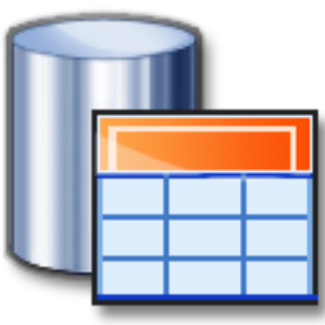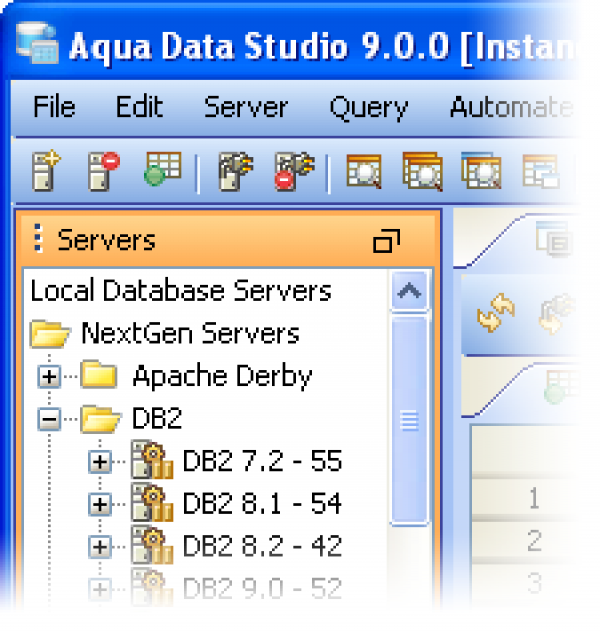

Once the Status Tab takes focus, the import has begun. Throttles down import speed, reduces and levels the load on production databases.Ħ.

Threshold Mode executes commits at the specified time intervals. Less reliability but faster import because of the fewer commit operations. If any of the records in the batch is not committed the entire batch is rolled back. Provides maximum import reliability at the cost of slower speed.īatch Mode executes commits after the specified number of records. Wait Time is used to pause between transactions, and, if set to -1, will not wait between transactions.įull Mode executes commits after each row of data. The Transaction Type of Threshold allows executing a specific number of transactions within a specified number of milliseconds as indicated in the Threshold field. The Transaction Type of Batch allows indicating a specific number of records per transaction by entering a number in the Batch Size field.
AQUA DATA STUDIO MAC FULL
By default, Transaction Type is set to Full so that the Import takes place in a single transaction. In the Transaction tab select the type of transaction, Batch Size, Threshold and/or Wait Time that best suits your environment. If the Import Tool is being used to generate a script file for use in Aqua Data Studio's Query Analyzer, it is strongly suggested that the statement separator "GO" be selected.ĥ. When ready, click the Next button to import the data. A sample of the file's values are provided below for configuring the date/time formats. There is an option to import directly into the database, or generate an SQL file with INSERT statements to import into the database.

If a date string is to be imported into a VARCHAR column then the format does not apply. Date and time values will be formatted in the text file to be imported into date/time columns. Then, select the format of the dates & time. In the Options Tab begin by selecting whether "(null)" text values are to be converted to NULL values. This will take you back to the Format dialog (with your table details appropriately adjusted). Once all columns are mapped, click on Create in the left upper corner of the Create Table dialog. It is possible to reorder the column mapping by changing the Position column value to match the column number in the sample file, or remove the position value to exclude the column from being imported. If the sample file contains the column names of the values, Aqua Data Studio will make an attempt at matching the column names of the import file to the names of the columns of the table. At this point, it is possible import into the newly created table. If needed change the names and datatypes of the columns in the table and then click ok. To import into a new table, click on the "." button which will open a Create Table dialog (see the Create Tables page for more) with the columns defined in the sample file. In the Format Tab, select the database, schema and table in which to import the data. Make sure the sample data being displayed is formatted correctly before proceeding, then click next.ģ. Last, select the quote identifier for data values. Select whether the first row in the file contains the column names to help the import tool map to the table. While typing the column widths the sample data will not change, so make sure to click on the Fixed Width radio box to refresh. If the file has fixed width columns, type the widths of columns separated by commas (eg: 15,25,35,60 ). Select whether the file is delimited or has fixed width columns. The sample columns will be refreshed as the options are changed. Then, select the encoding and platform the file is formatted in. Once the file is selected a sample of the file will be displayed in the bottom grid to indicate how it will form columns on import. The first tab in the Import Data dialog window is the General Tab. It is also possible to right click within the schema browser and select Tools->Import Data to launch the Import Tool.Ģ. Navigate and select your server and click ok. This will prompt you to choose a server in which to import data. Select Tools->Import Data from the Menu bar.
AQUA DATA STUDIO MAC HOW TO
The following steps describe how to use the Import Data Tool.ġ. The Import Data Tool allows data of different formats to be imported and inserted into databases, tables and files.


 0 kommentar(er)
0 kommentar(er)
